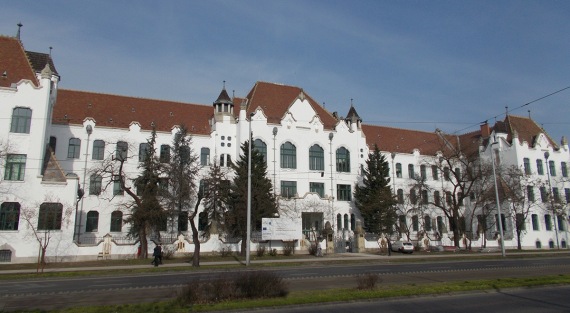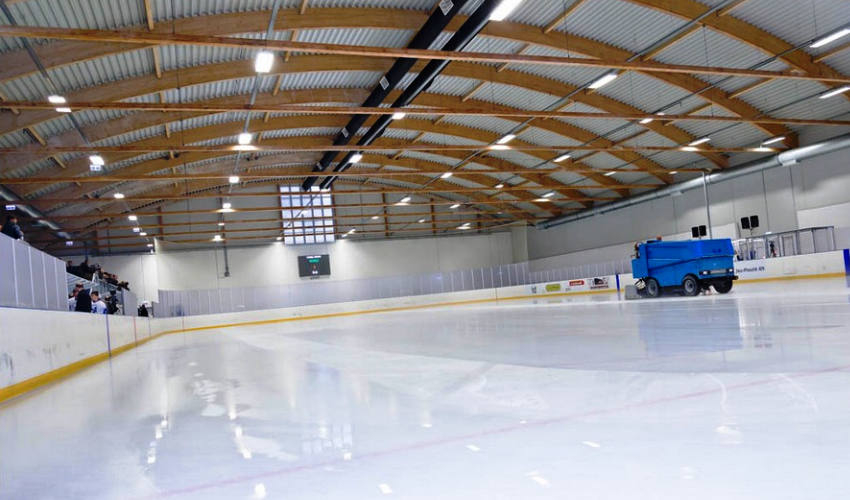Save 40% on your electric bill
Fundraising campaign by
Attila Szucs
-
US$150.00raised of $250,000.00 goal goal
No more donations are being accepted at this time. Please contact the campaign owner if you would like to discuss further funding opportunities
Campaign Story
You think you do everything to save money on your cooling or heating bill. Change your window and door, energy efficient appliances and light bulb etc. THINK AGAIN!!! How about your insulation on your exterior wall ceiling roof. Ordinary insulation can cost you extra $1000 and $1000 over the years, because you cooling and heating the street on the same time. Existing insulation repair or change can be really messy and expensive with ordinary insulation and new construction cost you more money and time. I like to introduce you a revolutionary new insulation. With this product simple paint your house inside or outside or in the attic under the roof. Non flammable, waterproof,mold resistant,elastic, corrosion protection and environmentally safe. PLEASE WATCH THE SHORT VIDEO BELOW AND SEE YOURSELF WHAT THIS PRODUCT CAPABLE! THIS VIDEO WORTH MORE THAN 1000 WORD.
Technology
Microscopic, hollow ceramic balls uniformly dispersed in a liquid mixture, a mixture of synthetic rubbers, acrylic polymers and inorganic pigments.

Thanks to this combination, the material is light, flexible, stretchable and has good adhesion properties to the surfaces to be coated.
this is a white, slurry solution that forms a flexible surface after drying.
Insulation material can be used to cover all forms of even the most difficult-to-reach surfaces. Suitable for building walls, ceilings and roofs, pipes, steam boilers, interior surfaces of vehicles, heat exchangers, freezing rooms and other objects.

The insulation material can be applied:
• metal
• concrete
• brick
• tree
• plastic
• gum
• for cardboard and other surfaces.
Main advantages
- Resists against weather and temperature factors
- Resistant to sunlight
- Extremely low thermal conductivity factor (0.00177 W / m K)
- Its extraordinary thermal reproduction ability
- Rugged - 20 year warranty , with a life expectancy of more than 35 years for external use
- Excellent adhesion
- Water-repellent, eliminates rust
- -60 to +260 Celsius is operating temperature
- Recruitment is not labor-intensive
- Improving it is easy
- It is more than 12% flexible and therefore resistant to general mechanical damage
- It is difficult to reach places and can be used on complicated shapes
- It is an ecologically pure substance, it is non-combustible, it is carbonated and its composition is harmless to the human body
- Costs and labor costs are at least 30% - 60% lower than conventional insulations
Application of the insulation material on the surface to be covered can be done using an airless atomizer and brush. The thickness of an applied layer should not be more than 0.6mm, and the drying time at room temperature for 24 hours. The vulcanization time is 12 hours.
This insulation is ecologically pure: it does not contain any toxic or harmful components, so it is possible to use it in confined spaces without additional ventilation.
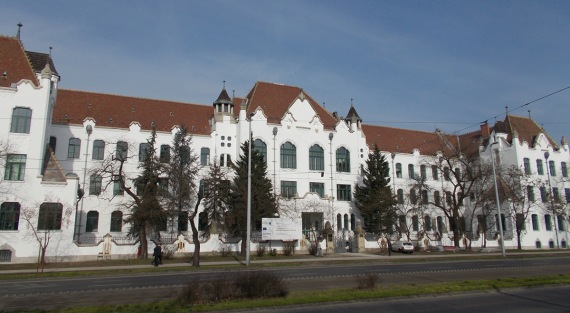
We are more comfortable, easier, cheaper and better for our Customers and Customers.
With our activity, we would like our customers to help our clients realize their ideas and plans.
We want to introduce a new type of product, service that can become a major player in the heat insulating market.
It is important for us to provide our customers with the highest available value, so that the end users of our services are as happy as possible. The principle of this thermal insulation coating
Contrary to traditional thermal insulation materials, the thermal insulation coating not only has its low thermal conductivity, but also because of its very high heat-reflection capability, it provides the excellent thermal insulation effect it provides.
- hollow ceramic balls
- synthetic rubbers,
- acrylic polymers and
- contains inorganic pigments.
This composition makes the material heat-insulating, lightweight and flexible.
Because of these features, it is easy to tack on any surface, material and shape.

In the above figure, the thermal insulation coating structure can be observed.On the one hand, we can see nano-sized vacuum-filled ceramic balls, on the other hand, much less synthetic rubber carriers, and thirdly additives that provide excellent properties of the thermal insulation coating.
The structure shown in the above schematic diagram may also be observed on spectacular microscopic images of the material.

How Does Heat Insulation Work?
Due to the combined effect of two effects, the extraordinary thermal insulation capacity:
- Low thermal conductivity
- High heat-reflecting properties not high for other heat-insulating materials
Conductivity factor
Heat conduction or conductive heat transfer is a form of heat transfer in solid or resting (non-flowing) liquid or gaseous systems by temperature difference. The heat flow (convective heat transfer) differs from the fact that there is no material flow, but the heat transfer occurs by transferring the internal energy from the particles to the particles.
Heat transfer factor
λ = 0.00177 W / mK
This extremely low λ value can be attributed to the following factors:
- The nano-sized ceramic spheres, just like the balls in a container, touch only one point at each other so they can pass on heat on a very small surface.
- Within the ceramic spheres, a vacuum is produced during production, which is known to be λ = ~ 0.0! So the interior of the ceramic spheres is essentially absolutely insulating!
- Ceramic spheres also have a low thermal conductivity.
Thermal Reflection Factor
The heat reflection factor for the conventional insulating materials is essentially non-detectable as long as contributes significantly to the extra thermal insulation of the material. The Aluminum Silicate Nano Spheres reflect the wave range at which the radius of the radius is spread.

Heat reflection capability
≥ 80%
Let us look at a diagram illustrating the complex thermal insulation principle of the thermal insulation coating

The above figure shows the heat flow, which, according to the second term of the thermodynamics, always flows from the higher temperature to the lower temperature.
The heat flow reaches the thermal insulation coating, before it enters the inside of the nanoscale ceramic spheres, reflects, reflecting. The amount of heat that can penetrate on the ceramic ball shell is very difficult to pass through the vacuum inside the sphere by interposing with the inner shell of the sphere, where a new reflection, that is, a new reflection occurs.
The amount of heat that eventually crosses the wall of ceramic ball and leaves the inside of the balloon within a very short time will find itself facing another ceramic sphere layer, where the process described above is repeated.
The layers are shown in the following figure

In the climatic conditions generally recommended that 1 mm thermal insulation coat has at least 100 layers of approx. It contains a 100 μm diameter ceramic sphere which assumes at least 200 heat reflection layers (exterior + interior reflection) and 100 vacuum flushes as described above.
Compared to the above properties with conventional insulating materials, the vast majority of them have no or little thermal replication, while their thermal conductivity is considerably weaker (from a thermal insulation point of view) as their material structure is quite different.
One of our first references is the following house, built in the 1930s.
Before insulation

After insulation

After the thermal insulation - without the replacement of doors and windows - the heating bill showed more than 45% savings!
Agricultural sprays, livestock farms
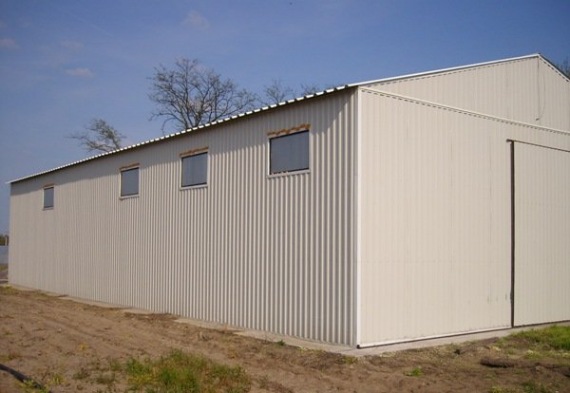
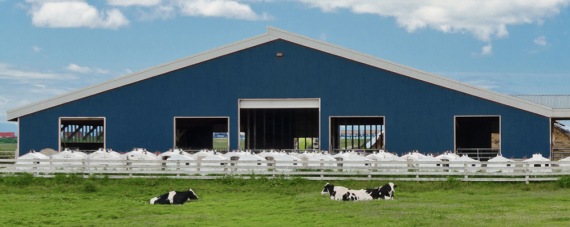
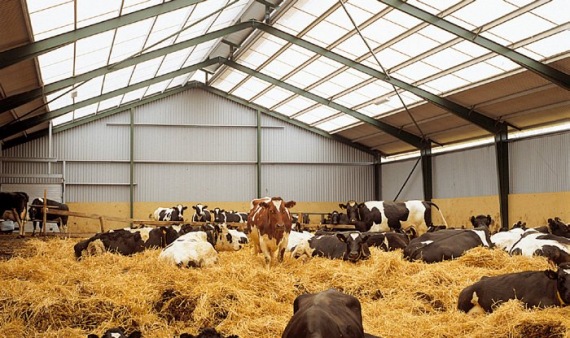
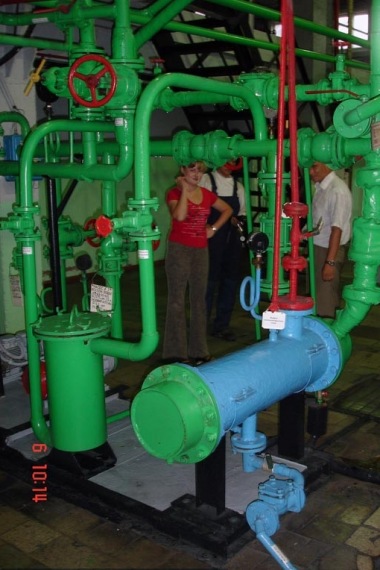
According to our commitment to the EU, in our current seven-year planning cycle, we need to significantly increase our energy savings from thermal insulation, and there is a considerable challenge for the state and municipal sphere in the additional heat insulation of the properties they manage.
The thermal insulation coat can be applied to the state-controlled properties of the state and local governments under the protection of the 1 mm layer thickness, since it will not take away anything from the nicely decorated ornamentation and the monumental character.
For a relatively short period of implementation, it allows institutions to be retrofitted in such a way that the activity in buildings is suspended for a short period of time.
Let's see some ideas, possible uses. The following pictures are not our referees works, only possible uses!
Can be used for thermal insulation of monuments
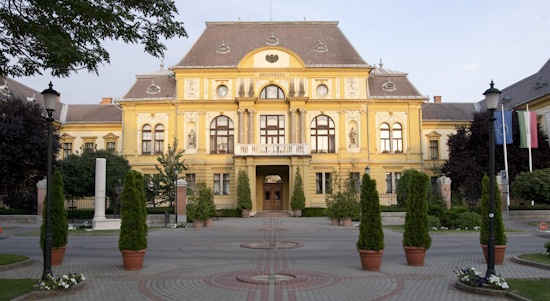
.jpg)




The unique advantage of TSM Ceramic thermal insulation is that it is possible to effectively and efficiently heat up surfaces that can not be insulated by any other conventional solution.
Below are some of these references, from small assemblies to giants.
Before thermal insulation

After thermal insulation

USE OF FUNDS
Bring the first two container in the USA. Finish developing the website, and open the online store.Warehouse lease, Office and warehouse staff payroll .TV and radio commercial and Online marketing
Organizer
- Attila Szucs
- Port Saint Lucie, US
No updates for this campaign just yet
Donors & Comments
- Anonymous
- Donated on Oct 01, 2017



